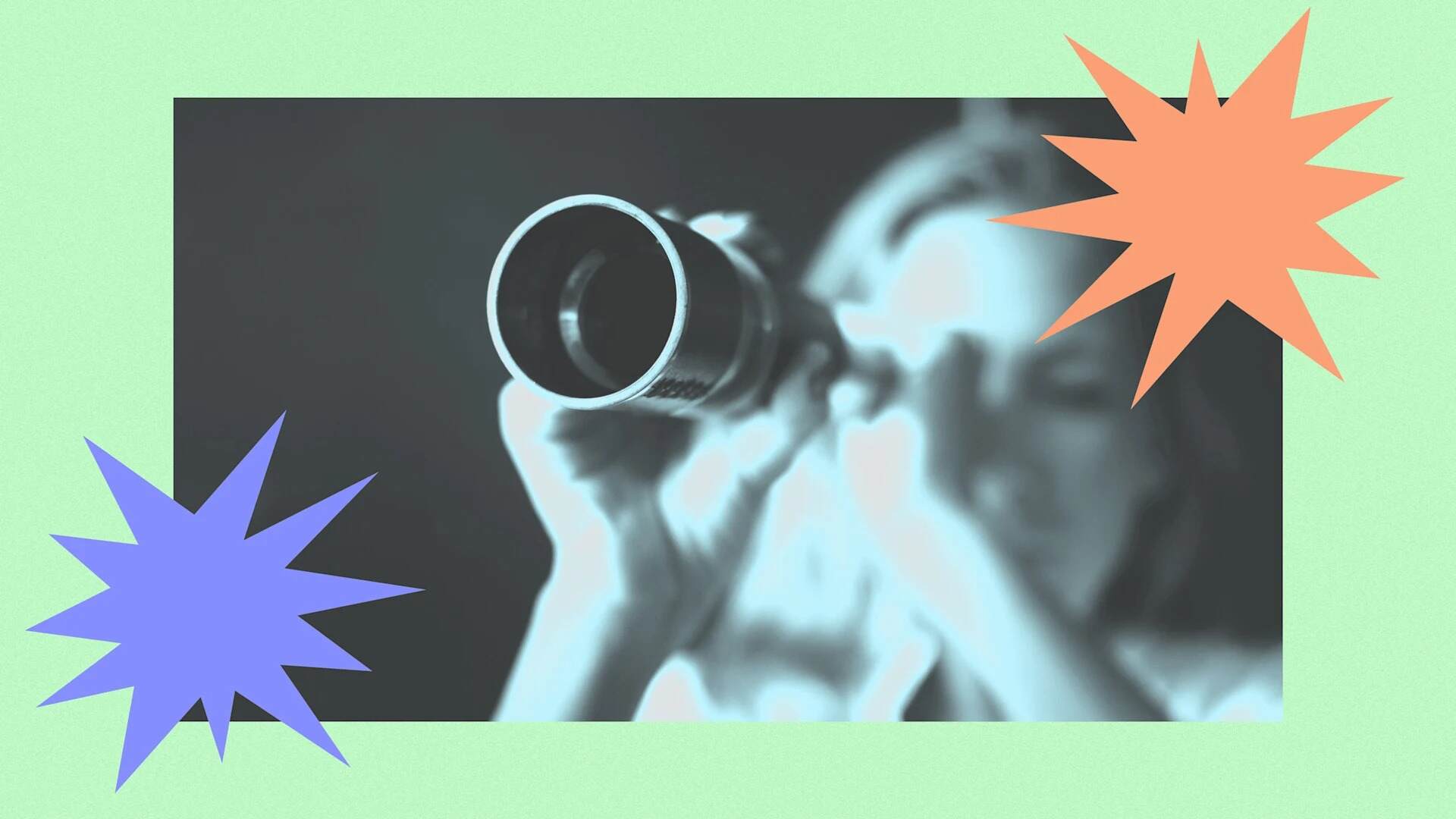- | 9:00 am
Why your organization should focus less on productivity and more on creativity
How to lead in the ‘Imagination Era.’

The C-suite executive’s dilemma has never been clearer: there is an analysis gap between recognizing that creativity is an essential skill versus designing space and time for individuals and teams to build a creative capacity.
While 2023 research from Visier demonstrated that 83% of workers admit to “productivity theater”—performing busy work that creates the appearance of output without meaningful results—that same year, the World Economic Forum declared creativity to be the second most critical skill for our workforce by 2027. The collision of these realities signals a fundamental shift that smart organizations can no longer ignore. We’re entering what I call the “Imagination Era,” and the companies that thrive will be those bold enough to redesign work around human flourishing rather than industrial-age metrics.
The Hidden Costs of Our Productivity Obsession
The numbers tell a stark story. With 71% of knowledge workers experiencing burnout and job stress (according to the Anatomy of Work Index) costing U.S. industries over $300 billion annually in absenteeism and turnover (American Institute of Stress), our current productivity models aren’t just failing—they’re actively destroying value. While executives worry about quarterly targets, they’re hemorrhaging their most valuable asset: the creative capacity of their people.
The irony is profound. At the very moment when artificial intelligence can handle routine tasks, freeing humans to do what we do best—imagine, connect, and innovate—most organizations are doubling down on mechanical approaches that treat people like sophisticated machines. This isn’t just shortsighted; it’s economically destructive.
From Extraction to Cultivation: A New Operating System
I propose a radical reframe: Instead of asking “How can we be more productive?”, what if teams ask “What might we cultivate this year?” This shift from a mechanical, extractive mindset to one that embraces complexity and ambiguity isn’t philosophical luxury—it’s a strategic necessity.
The difference is profound. Productivity thinking operates in linear equations: 1+1=2. Cultivation thinking embraces “both-and” complexity, leaving room for the kind of metamorphosis that creates breakthrough innovation. According to 2024 research from Thrive My Way, when trained groups engage in creative problem-solving sessions, they generate 350% more ideas that are 415% more original than traditional approaches.
The New Scorecard: New KPIs for the Imagination Era
We can develop new key performance indicators organized around “Minimum Viable Experiences” rather than traditional output metrics. These aren’t soft measures—they’re strategic investments in the capabilities that will drive future competitiveness:
Human-Centered Metrics include measuring employee connection to meaningful work, minutes per week dedicated to deep reflection, and value creation through idea generation rather than widget production. Teams can track experimentation through small-scale prototypes and measure both organizational and community-impact audacious ideas.
Well-being and Rest Metrics recognize that innovation requires renewal. Forward-thinking companies could measure sabbaticals taken and their impact on team creativity, time spent in nature per week, and the productivity boost following movement breaks. Tracking stress reduction through wellness assessments and creating dedicated time for play, measuring new connections generated through structured “recess” time, are practical and novel concepts.
Innovation and Learning Metrics focus on interdisciplinary learning opportunities, innovation sprints, and curiosity-driven projects not tied to immediate business needs. What if you tracked the number of walking meetings, recognizing that physical movement often unlocks mental breakthroughs?
Organizations ready to make this transition can start with my three-pronged approach: First, conduct a “Cultivation Audit” to identify productivity metrics that may be limiting innovation while developing measures for long-term human development. Second, implement “Seasonal Planning” that aligns organizational rhythms with natural cycles of activity, reflection, and renewal. Third, launch a “Space Design Revolution” that creates environments supporting both individual cultivation and collective creativity.
The Competitive Advantage of Creativity
The business case is simple: in an age where AI handles routine tasks, the uniquely human capacities cultivated through intentional movement, thought, and rest become the primary drivers of creativity and organizational value. Companies embracing this approach will foster breakthrough innovation through activated default mode networks, reduce costly burnout and turnover, develop essential creativity skills, create sustainable growth patterns, and build stronger collaborative communities.
The goal isn’t abandoning productivity measures but expanding our understanding of meaningful work and impact. Organizations that make this shift will define the Imagination Era. The question isn’t whether this transformation will happen, but whether your organization will lead it or be left behind by those brave enough to cultivate human potential in service of extraordinary results.







































